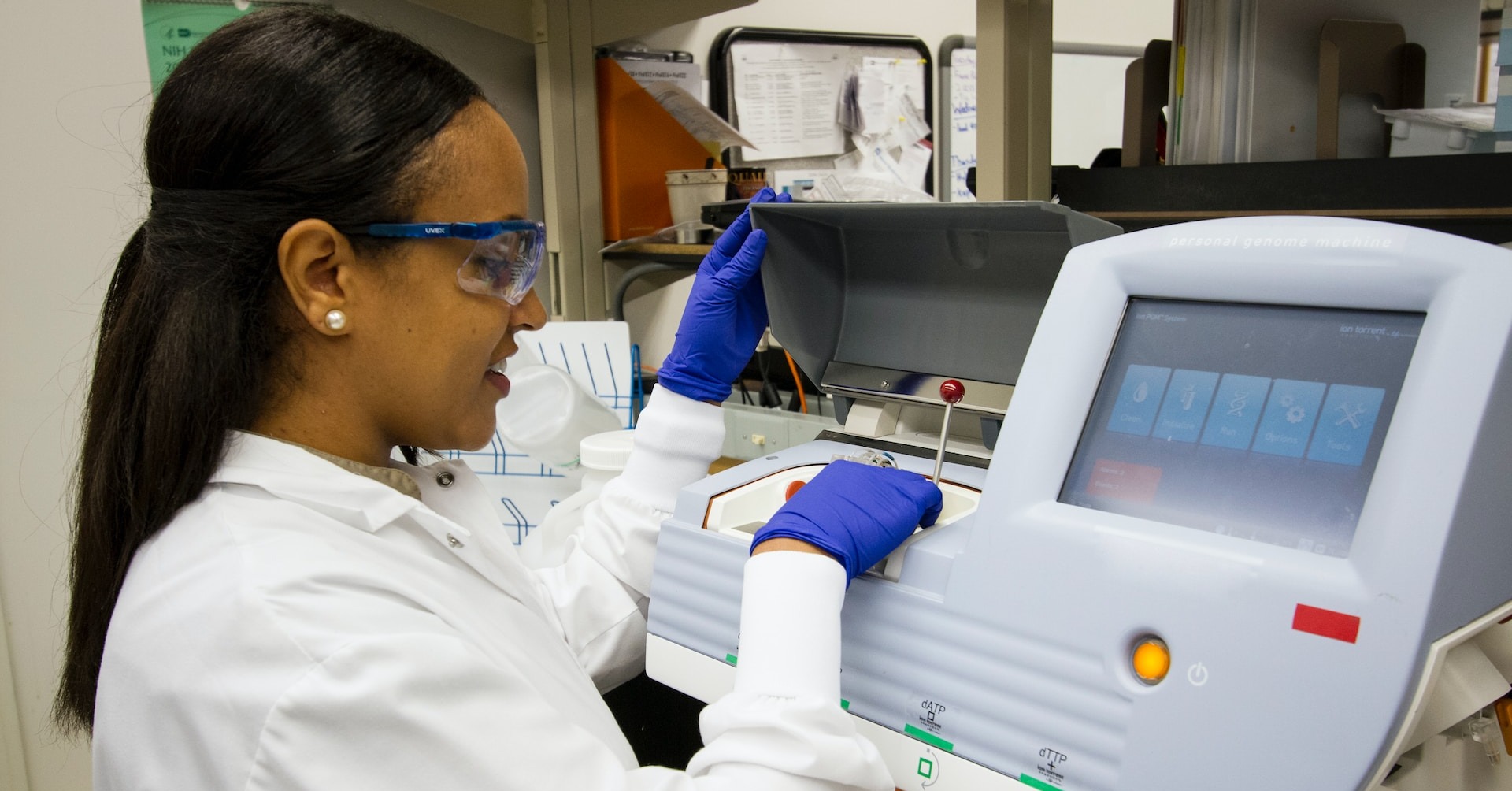
Where Do Epidemiologists Work?
Epidemiologists work in many settings, including hospitals, universities, and federal, [...]
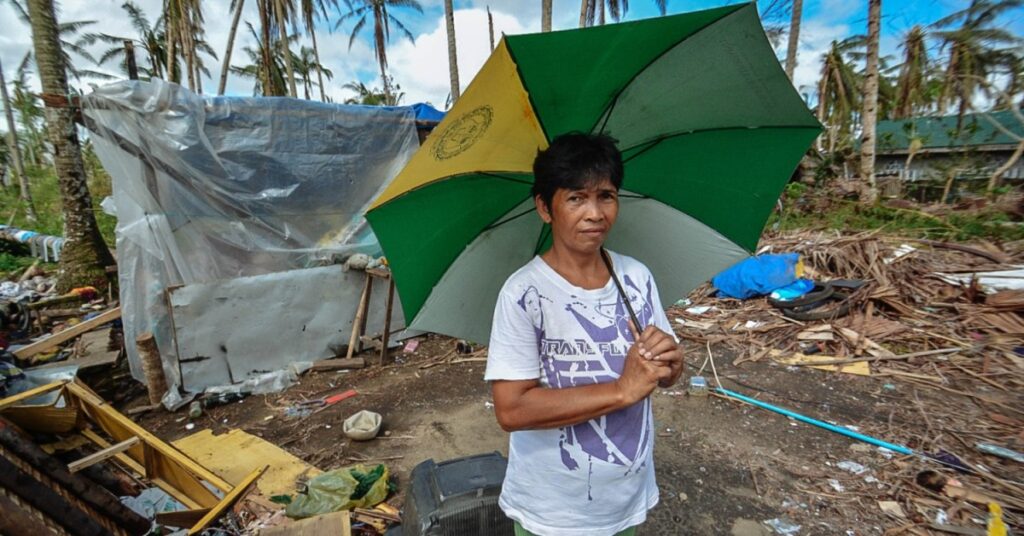
According to the United Nations’ definition of emergency and disaster management, a crisis can be addressed locally; a disaster, in contrast, necessitates outside assistance. Hurricanes, for example, are often classified as disasters because the affected communities must seek aid from government agencies and nonprofit aid organizations outside their immediate area.
Due to the increased frequency and severity of natural crises and disasters resulting from climate change—and the intense media coverage they receive in our digital age—people’s awareness of these calamitous events is greater than ever. Disaster relief workers accordingly occupy a more prominent space in the public imagination.
It’s work worthy of the public’s appreciation. Emergency and disaster management professionals coordinate the response to cataclysmic events and, whenever feasible, implement planning that mitigates their impact. Their training enables them to anticipate hazards, respond to emergencies and disasters, and advocate for better disaster planning and response policies. Their ranks include social workers and others with extensive social work experience.
This article explores disaster response jobs in social work, as well as:
The primary mission of disaster relief social workers is to support catastrophe victims and assist them in coping with and recovering from the event. Emergency management is crucial to achieving this objective. Early communication and planning for the coordination of community resources help avoid long-term social, physical, and mental health issues following the disaster. Emergency managers think of disasters as recurring events with four phases:
The term mitigation describes the improvement of the built and social environment to reduce, withstand or prevent disaster impacts, and includes:
Disaster preparedness refers to actions taken before a disaster with the intent of ensuring a better event response. Disaster preparedness involves:
Disaster response consists of actions taken immediately before, during, and after an event to alleviate suffering and prepare for recovery. These include:
Recovery is the rebuilding or improvement of disaster-affected areas and involves:
When a disaster strikes, social workers provide a range of relief services. Disaster response social workers also connect survivors with emergency mental health treatment. They offer psychological first aid (PFA), assess immediate concerns, and guide survivors to appropriate help and resources (PFA is not about providing on-site therapy). In addition, social workers assist victims in obtaining funding for home repair and replacement of other lost material.
To help inform their practice, some social workers perform research. This can involve reviewing how well certain services respond to a community’s needs, how laws and policies affect a particular area, and the long-term repercussions of trauma caused by disasters.
| University and Program Name | Learn More |
|
Virginia Commonwealth University:
Online Master of Social Work
|
There are many federal agencies, state and local governments, and international and domestic nonprofit organizations that employ social workers who specialize in disaster response.
The Department of Homeland Security (DHS) is a large federal agency that maintains a 240,000-strong workforce and includes U.S. Customs, the Transportation Security Administration (TSA), the U.S. Coast Guard, and the U.S. Secret Services. DHS is responsible for providing prevention and response services to protect the public, environment, and U.S. economic and security interests. The agency provides training and technical assistance in a wide variety of public and private initiatives in fire prevention, community response teams, and other first responder services. As well, they “work with all levels of government, the private and nonprofit sectors, and individual citizens to make our nation more resilient to acts of terrorism, cyber attacks, pandemics, and catastrophic natural disasters.” The agency offers numerous disaster response-related positions.
DHS also houses FEMA, the federal government’s disaster recovery agency. Of the more than 11,000 people that FEMA employs, only a small proportion are permanent, full-time employees. Part-time or contract-type personnel provide many of the services needed during an actual disaster (you can search FEMA jobs here). They also maintain several volunteer positions. FEMA interfaces with organizations like the American Red Cross and National Guard, as well as with public health organizations at the state, county, and local levels.
According to the U.S. Bureau of Labor Statistics, state and city and county governments oversee most disaster relief jobs. Almost 70 percent of Emergency Management Directors work for local or state disaster agencies or similar departments. Between 2017 and 2026, this specialized field is forecast to grow by over 7 percent.
Most people are familiar with the American Red Cross, a vital organization that provides support to individuals and communities after a disaster. Their Disaster Cycle Services team manages emergency response, relief, and recovery efforts during natural disasters, fires, and more. They coordinate the delivery of Red Cross mission services to people and communities in need.
There are dozens of agencies in the U.S. and abroad that provide disaster response career options. Organizations like Habitat for Humanity, UNICEF, Project HOPE, and Oxfam often occupy the front lines of disaster relief efforts, providing medical aid, food, water, clothes, and shelter for victims of ongoing emergencies and natural disasters around the world.
Entry- and mid-level jobs in social work disaster response are open to candidates with a relevant bachelor’s degree (typically a Bachelor of Social Work (BSW)). To advance in the field and become a manager, you may need to earn a Master of Social Work (MSW) with an emergency or disaster management concentration. Tulane University’s School of Social Work offers an online, dual degree MSW and Master of Science in Disaster Resilience Leadership (MS-DRL) program that prepares social workers with interdisciplinary training in disaster resilience. Tulane’s graduates work in:
For some disaster response social work positions, additional credentials like the Certified Emergency Manager and Certified Business Continuity Professional certificates may be necessary or desirable. As well, there is a host of free disaster preparedness classes offered by FEMA.
Many disaster response professionals gain knowledge about the various aspects of relief work through their employment, volunteer activities, or experience in related fields. Serving in the military, protective services, or in some healthcare professions like EMTs and paramedics helps prepare you for responding to large-scale emergencies.
(Last Updated on July 16, 2024)
Questions or feedback? Email editor@noodle.com

Epidemiologists work in many settings, including hospitals, universities, and federal, [...]
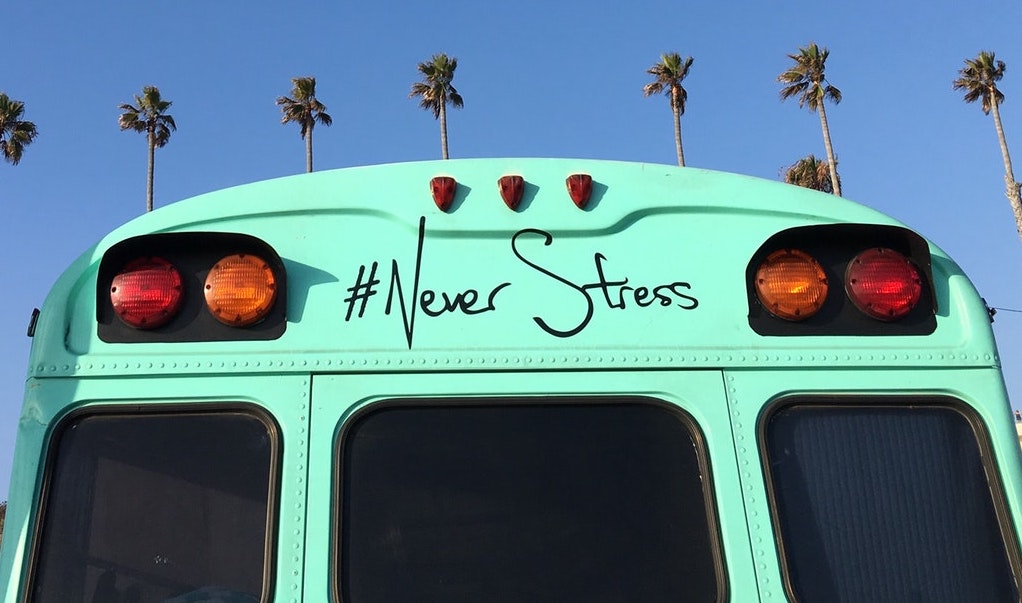
Social work is among the most stressful professions, experts agree. [...]
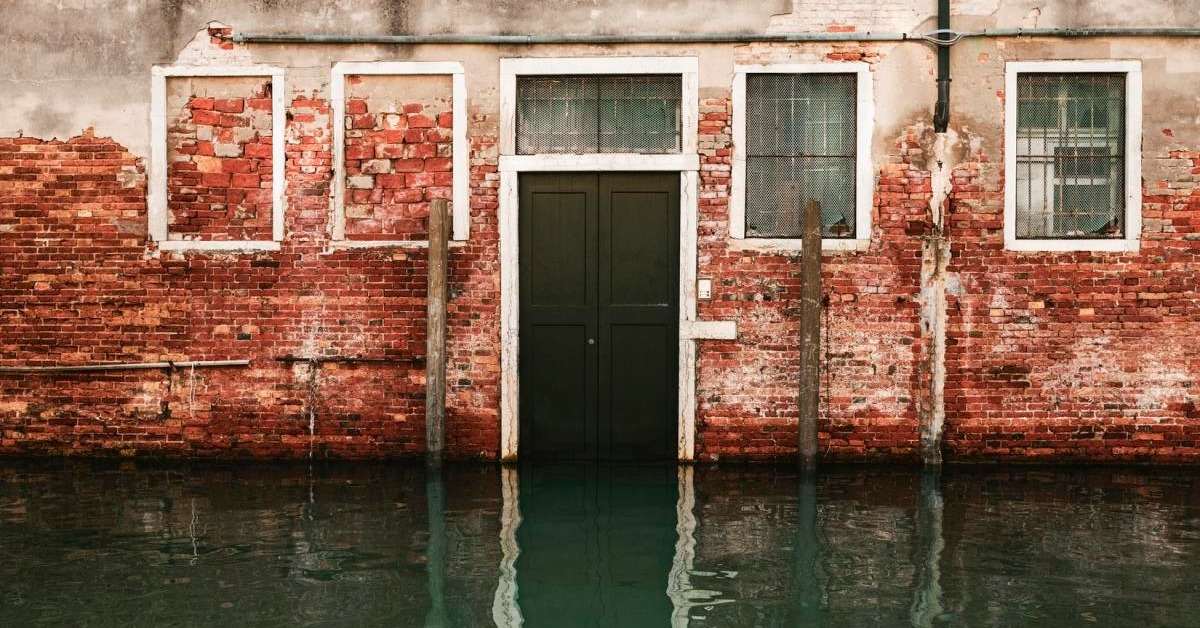
Social work plays a critical role in trauma and disaster [...]
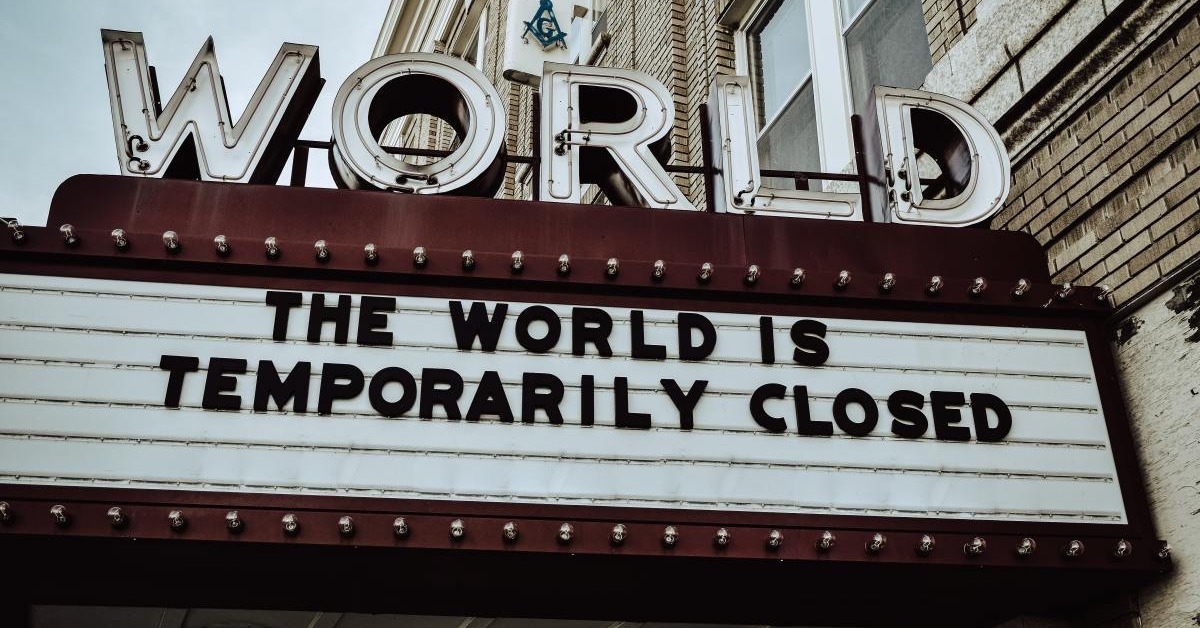
Frontline care workers confronted extreme conditions and heavy caseloads during [...]
Categorized as: Social Work, Social Work & Counseling & Psychology